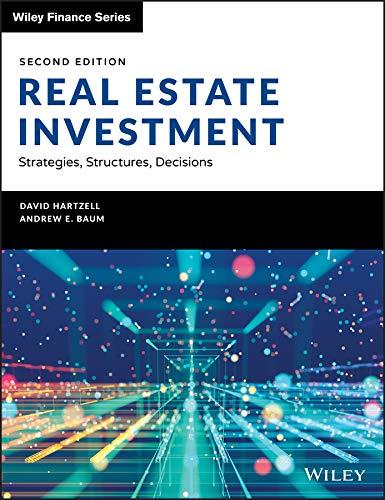Only need help with questions 1-8 found in the last pictures following the case background






Case 20 Bessemer Steel Products, Inc. Dividend Policy Directed For over 70 years, Bessemer Steel Products, Inc. has been a leading producer of various parts for automobiles, light trucks, and other vehicles. Its output is sold to the major automobile producers, auto supply companies, and repair shops. However, during the 1981 and 1982 recession, Bessemer's management concluded that the company should diversify in order to reduce risk and to enter mar- kets with greater growth potential. Therefore, the decision was made to diversify into several totally new, but related, product lines. Using substantial cash flows from profits and depreciation, and substantial unused debt capac- ity, Bessemer Steel's management resolved to seek only synergistic acquisitions, which meant either companies in high growth industries whose operations could be improved by Bessemer's expertise or those whose expertise would help Bessemer in its core operations. This suggested that acquisitions be sought primarily in the newly developing fields of robotics and materials science. ner acquired three robotics firms and two firms involved in metallurgical research and Thus, Besse development These acquisitions produced the desired results-they strengthened Bessemer's research and development capabilities, helped it maintain and even expand its traditional businesses, and, most important, enabled the company to expand into se veral profitable new areas. To illustrate, in the early 1980s, virtually all of the company's assets were invested in traditional automobile and light-truck body production. However, as a result of the diversification program, by the end of 1992 these old duct lines amounted to only 50 percent of assets, sales. and income, with the other 50 percent coming from new products and businesses, including a substantial amount of work in the space industry. The company is still interested in new acquisitions, and it is now investigating several potential candidates. Other than during its first few years of operation, Bessemer has followed the practice of pay ing out approximately 60 percent of its earnings as cash dividends. Accordingly, dividends have fluctuated with earnings from year to year. In each annual report, the policy of paying out 60 percent of earnings has been reiterated, and this has given Bessemer a reputation for paying generous divi dends. Because of its liberal dividend policy, Bessemer's stock is mainly owned by retired indi t funds, income-oriented mutual funds, and other investors who are viduals, college endowmen seeking high current income. The nature of its stockholders has been confirmed by several urveys conducted by the company-questionnaires completed by sharcholders indicate clearly that y are income-oriented, and that, if anything. they would like to see the company increase its pay out ratio, Case 20 Bessemer Steel Products, Inc. Dividend Policy Directed For over 70 years, Bessemer Steel Products, Inc. has been a leading producer of various parts for automobiles, light trucks, and other vehicles. Its output is sold to the major automobile producers, auto supply companies, and repair shops. However, during the 1981 and 1982 recession, Bessemer's management concluded that the company should diversify in order to reduce risk and to enter mar- kets with greater growth potential. Therefore, the decision was made to diversify into several totally new, but related, product lines. Using substantial cash flows from profits and depreciation, and substantial unused debt capac- ity, Bessemer Steel's management resolved to seek only synergistic acquisitions, which meant either companies in high growth industries whose operations could be improved by Bessemer's expertise or those whose expertise would help Bessemer in its core operations. This suggested that acquisitions be sought primarily in the newly developing fields of robotics and materials science. ner acquired three robotics firms and two firms involved in metallurgical research and Thus, Besse development These acquisitions produced the desired results-they strengthened Bessemer's research and development capabilities, helped it maintain and even expand its traditional businesses, and, most important, enabled the company to expand into se veral profitable new areas. To illustrate, in the early 1980s, virtually all of the company's assets were invested in traditional automobile and light-truck body production. However, as a result of the diversification program, by the end of 1992 these old duct lines amounted to only 50 percent of assets, sales. and income, with the other 50 percent coming from new products and businesses, including a substantial amount of work in the space industry. The company is still interested in new acquisitions, and it is now investigating several potential candidates. Other than during its first few years of operation, Bessemer has followed the practice of pay ing out approximately 60 percent of its earnings as cash dividends. Accordingly, dividends have fluctuated with earnings from year to year. In each annual report, the policy of paying out 60 percent of earnings has been reiterated, and this has given Bessemer a reputation for paying generous divi dends. Because of its liberal dividend policy, Bessemer's stock is mainly owned by retired indi t funds, income-oriented mutual funds, and other investors who are viduals, college endowmen seeking high current income. The nature of its stockholders has been confirmed by several urveys conducted by the company-questionnaires completed by sharcholders indicate clearly that y are income-oriented, and that, if anything. they would like to see the company increase its pay out ratio












